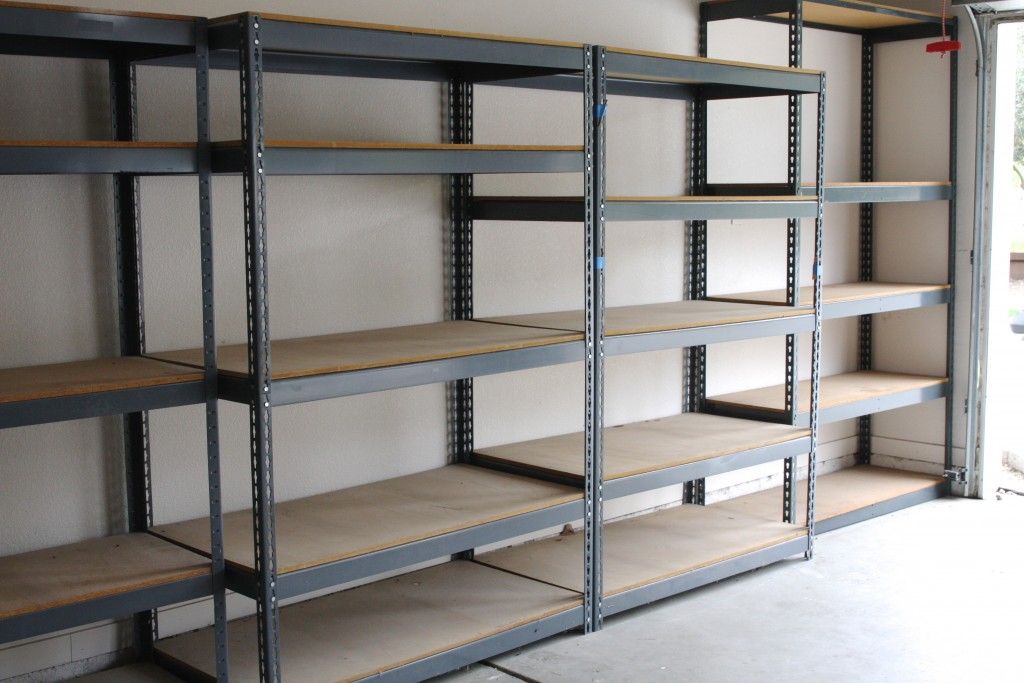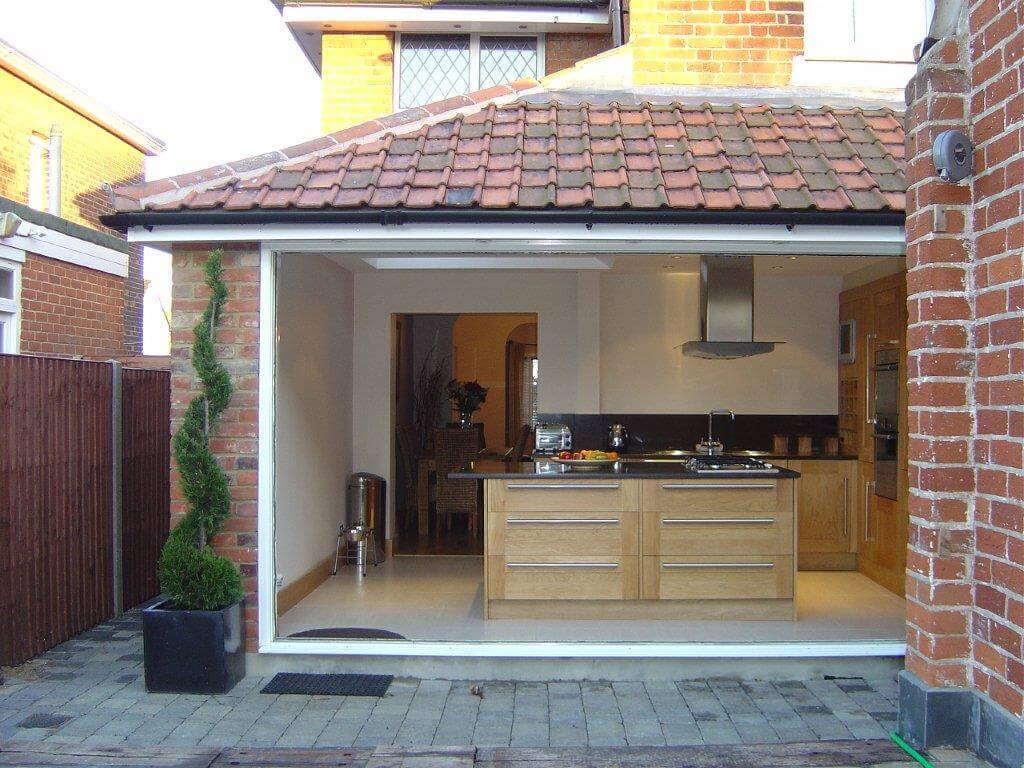
A garage conversion can be a great way of adding extra space to your home without spending too much. It can be made into a bedroom, playroom, office, or man cave. It can be made into a bedroom, playroom, office, or even a home by adding insulation, drywall, carpet, or lighting.
A modern garage convert is the best way to make your garage more stylish with lots of natural sunlight and storage options. Many homeowners prefer to replace their garage doors with solid or windowed walls that give the space an industrial edge. This contrasts the garage’s more rugged exterior.
You can also add a VELUX glass window to the roof. This will allow for more natural light to enter the space. For privacy and a sense that space is being created, clerestory windows can be another great option.

It may be difficult for your local authority approval to convert a garage depending on where you live. Because many municipalities have regulations that limit off-street parking spaces and are strict about garage conversions, it can be difficult to get your local authority to approve a garage conversion.
You may be able to get approval through a process called permitted development, which means you won't need planning permission. This is not always the case. However, you should still consult your local council to determine what you need.
Your designated building controller officer is the best resource. They should be able to guide you through the entire process and help you decide whether or not your proposed plans are feasible. This will ensure that all aspects of the project are built to a high level and comply with applicable building regulations. This can significantly impact your overall cost.
It's also important to consider the structural aspects of your garage, as these are crucial to its long-term stability and ensuring your new space remains as energy efficient as possible. Insulation is essential as your garage will be cold and damp. Make sure you have insulation on the ceilings, walls and floor.

It is important to find a qualified professional to help you convert your garage. Without a qualified contractor you run the risk of having a poor project or worse paying for repairs.
Ajadu garage conversions have become increasingly popular. There are many advantages to converting your garage into a JADU. These include increased home value and lower maintenance costs. The possibility of renting the space out. If you're considering building a JADU, be sure to do your research and use an experienced, licensed general contractor in Los Angeles who is knowledgeable about ADUs and JADUs.
First, you need to decide the design of your garage conversion. Next, work with an architect/designer to make sure that it is consistent with the original property's structure and layout. This will reduce disruption to your home and help you to get your plans approved at the local council.
FAQ
How much would it take to gut a house and how much to build a brand new one?
A home's contents are removed, such as walls, floors, ceilings and plumbing. It is often done when you are moving to a new location and wish to make some improvements before you move in. Gutting a home is typically very expensive because so many things are involved in doing this work. Depending on your job, the average cost to gut a home can run from $10,000 to $20,000.
The process of building a home involves the construction of a house from one frame to another. Next, the builder adds walls, flooring and roofing. This is done usually after purchasing lots. Building a home usually costs less than gutting and can cost between $15,000 and $30,000.
It really depends on your plans for the space. You will probably have to spend more to gut a house. If you're building your home, however, you don't have to tear everything down and start over. You can build it as you wish, instead of waiting to have someone else tear it apart.
What are some of the largest costs associated with remodeling your kitchen?
There are a few important costs to consider when renovating a kitchen. These include demolition, design fees, permits, materials, contractors, etc. Although these costs may seem relatively small, if you take them all together, they can quickly add up. However, when you combine them all, they quickly add-up to become very large.
Demolition is most likely the most expensive. This involves removing old cabinets, appliances and countertops as well as flooring. The drywall and insulation must then be removed. You will then need to replace them with new items.
Next, hire an architect who will draw plans for the space. You will need permits to ensure your project meets the building codes. After that, you have to find someone to do the actual construction.
Finally, after the job is completed, you must pay the contractor. Depending on the size of the job, you could spend between $20,000 to $50,000. Before hiring a contractor, it is vital to get estimates from multiple people.
If you plan, you can often avoid some of these costs. You might be able negotiate better materials prices or skip some work. You can save money and time if you are clear about what you need to do.
For example, many people try to install their cabinets. They believe this will save money, as they won’t have to hire professional installers. However, this can lead to them spending more to learn how to place cabinets. A professional will usually finish a job in half as much time as you would.
Another way to save is to purchase unfinished materials. Before purchasing pre-finished materials like cabinets, you must wait until all the pieces are assembled. Unfinished materials can be used immediately by you if purchased. If things don't work out as planned, you can always modify your mind later.
But sometimes, it isn't worth going through all this hassle. Remember: the best way to save money on any home improvement project is to plan.
What should I do about my cabinets?
It depends on whether you're considering selling your home or renting it out. If you intend to sell your home, you will likely need to remove and refinish cabinets. This gives buyers the illusion that they are brand new, and allows them to envision their kitchens once they move in.
But if your goal is to rent your house you will need to remove the cabinets. Many tenants are unhappy with the mess left behind by former tenants.
To make the cabinets look better, you can paint them. Be sure to use high quality primer and paint. Low-quality primers and paints can crack easily.
What are the included features in a full remodel of your kitchen?
A complete kitchen renovation involves more than simply replacing the sink and faucet. There are also cabinets, countertops, appliances, lighting fixtures, flooring, plumbing fixtures, and much more.
A complete kitchen remodel allows homeowners the opportunity to upgrade their kitchens without any major construction. This means there is no need to tear down the kitchen, making the project more manageable for both the homeowner as well as the contractor.
Kitchen renovations include various services, including electrical, plumbing, HVAC, carpentry, painting, and drywall installation. A complete kitchen remodeling project may require multiple contractors depending on the size of the job.
A team of professionals is the best way to ensure that a kitchen remodel runs smoothly. Kitchen remodels often involve many moving parts, and small issues can cause delays. DIY kitchen remodels can be complicated. Make sure you have a plan and a backup plan in case of an emergency.
Is $30000 too much for a kitchen redesign?
A kitchen renovation can cost anywhere between $15000 - $35000 depending on how much you want to spend. You can expect to spend more than $20,000. If you are looking for a complete overhaul of your kitchen, it will cost more. For less than $3000, you can update appliances, add lighting, and replace countertops.
A full-scale renovation typically costs between $12,000 and $25,000 on average. However, there are ways to save without sacrificing quality. An example is to install a new sink rather than replacing an existing one that costs around $1000. You can also purchase used appliances at half of the cost of new.
Kitchen renovations take longer than other types of projects, so plan accordingly. You don't want to start working in your kitchen only to realize halfway through that you're going to run out of time before completing the job.
The best thing is to get going early. Begin looking at the options and getting quotes from different contractors. You can then narrow your choices by price, availability, and quality.
Once you have identified potential contractors, request estimates and compare their prices. The lowest-priced bid isn't always the best choice. It's important that you find someone with similar work experiences who can provide a detailed estimate.
When calculating the final cost, remember to add all extras. These may include additional labor, material charges, permits, etc. Be realistic about what you can afford and stick to your budget.
If you're unhappy with any of the bids, be honest. Tell the contractor if you are not satisfied with the first quote. Give him or her another chance. Don't let pride stand in the way of saving money.
How long does it typically take to renovate a bathroom?
A bathroom remodel typically takes around two weeks. This can vary depending on how large the job is. You can complete smaller jobs like adding a sink or vanity in a few days. Larger projects, such as removing walls and installing tile floors, and plumbing fixtures, can take several days.
It is a good rule to allow for three days per room. This means that if there are four bathrooms, you will need 12 days.
Statistics
External Links
How To
Is a permit required for home renovation?
It is important to do the right thing when renovating your house. Building permits are required for any construction project involving changes to your property's exterior walls. This includes adding or remodeling your kitchen, changing windows, and so on.
But if you've decided to go ahead and renovate your home without obtaining a building permit, there could be serious consequences. You could be subject to fines and even legal action if you cause injury during renovation.
This is because most states require anyone working on a residential structure to obtain a building permit before starting the job. Many counties and cities also require homeowners that they apply for a permit before starting any construction project.
Building permits are usually issued by local government agencies like the city hall, county courthouse or town hall. However, they can also be obtained online and by telephone.
It is best to have a building permit. This permits you to make sure that your project complies both with local safety standards and fire codes.
For instance, a building inspector will ensure that the structure meets current building code requirements, including proper ventilation, fire suppression systems, electrical wiring, plumbing, heating, air conditioning, and more.
Inspectors will also inspect the deck to make sure the planks that were used for construction are strong enough to withstand any weight. Inspectors will look out for water damage, cracks and other issues that could affect the structure's stability.
Contractors can begin renovations once the building permit has been approved. However, if the contractor fails to obtain the necessary permits, he or she could be fined or even arrested.